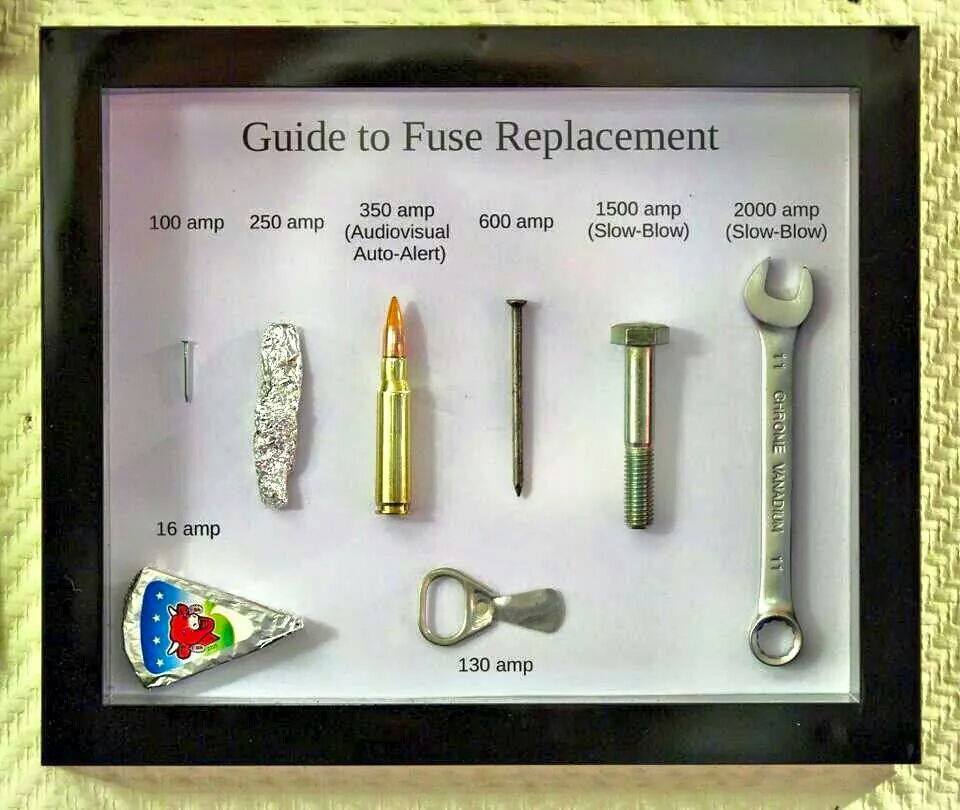terry setter
Well-known member
- Joined
- Nov 17, 2013
- Messages
- 188
Related, but not terribly significant: In the 1970's one of the leading Hi-Fi magazines ran an article that said noise levels in home stereos could be reduced by plugging the central unit of the stereo (preamp in my case, receiver in others) into the AC power outlet then connecting each additional piece of your stereo gear to the preamp/receiver and measuring the voltage between the two chassis. You were then to flip the AC cord of the most recently connected piece of gear at its connection point - remember, these were two-prong days - and leave the AC cord in the position that produced the HIGHEST voltage between the two chassis. You would repeat this with each piece of gear (amp, turntable, CD player, cassette player, etc). Having ground pins on all our modern gear makes this very inconvenient (you could use three-to-two pin pigtail adapters), and I never heard a significant reduction in system hum or noise of my system, but I'm wondering if any of you actual electrical engineers can see even a hint of usefulness in this idea. I think it was either in Absolute Sound, or Stereophile. Your insights would be appreciated.
























